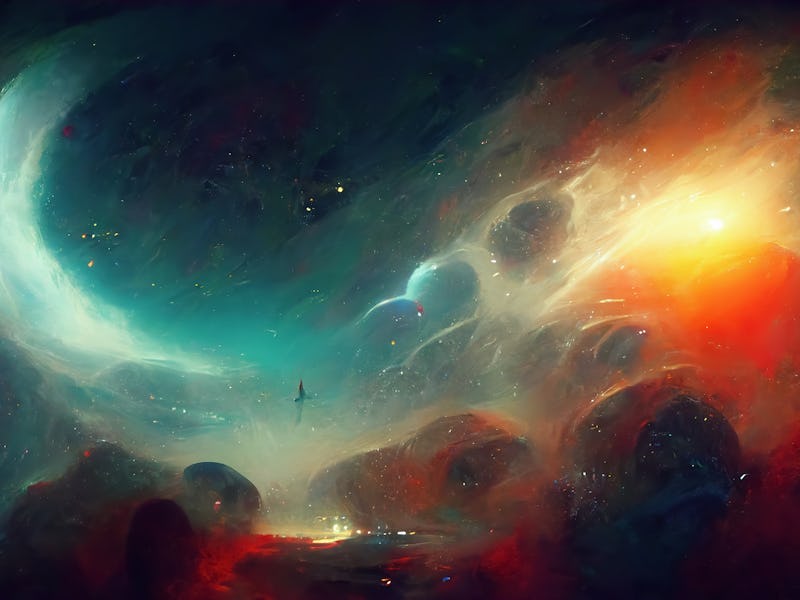After stellar ancestors exploded as supernovae, their stardust formed our Solar System
Stardust is an important ingredient to our lives.

Supernovae produced much more of the stardust that builds our world than once thought, according to new research.
The nuclear reactions inside stars create all the chemical elements from carbon to uranium. Dying stars release lots of this material. Whether they shed it gradually in the case of red giant stars — the destiny that awaits the Sun — or blast it out in powerful supernovae, these bits of dust carry signatures of the stars that once housed them.
Millions or billions of years after these “presolar grains” were made, scientists can look at samples in a laboratory to explore what processes were happening in these stellar ancestors. A paper published Monday in the journal Nature Astronomy outlines a few different types of supernovae that may have played a role.
Supernova remnant Cassiopeia A.
Presolar grains are a “diary” of their former star’s life, Peter Hoppe, lead author and senior research scientist at the Max Planck Institute for Chemistry in Germany, tells Inverse. “Their isotopic compositions are fingerprints of the nuclear reactions inside their parent stars … studying presolar grains in terrestrial laboratories permits [us] to get detailed insights into the processes that produce most of our chemical elements.”
Why it matters — Most known presolar grains belong to a group of minerals called silicates. These are important building blocks of rocks. “In fact, most of Earth's crust and mantle consists of silicates,” Hoppe says.
It’s possible these rock ingredients may have come from far away. Dust can survive up to billions of years in interstellar space, and may have journeyed vast distances until it eventually became incorporated into the asteroids, planets, and life forms that take up residence in the Solar System.
What they found — “What is new is that much more — above 30 percent — of the presolar silicates formed in the ejecta of supernovae than previously thought,” Hoppe says.
The team thinks that at least some of the ancient stars that produced the grains were at least four times the mass of the Sun, and proposes a few scenarios for their supernovae.
Stars eight to ten times the mass of the Sun may have contributed to the Solar System’s building-block stardust when they exploded as type-2 supernovae. In this scenario, the hefty stars would have ejected an abundance of material while their core simultaneously collapsed. Another peculiar type of stellar blast, called a type-1a supernova, may have also contributed presolar grains. As a large star and a white dwarf star share space in a binary system, the smaller body greedily siphons material from its more massive neighbor. Once it’s reaped more than it can contain — approximately 1.4 times the mass of the Sun — its consequential supernova burps out the material.
Type-1a supernova.
The team states in the paper that this is a sharp contrast to existing theories. “Since the discovery of presolar grains more than 30 years ago, supernova grains have been considered to be only a minor subpopulation of presolar grains, with relative contributions of ∼10% for silicates, the most abundant type of presolar stardust grains.”
Here’s the background — The winds that flow off from a dying star contain stardust, which condenses into grains in space “when temperature and density conditions are favorable,” Hoppe says. These bits travel through interstellar space and accumulate in the gas and dust cloud that incubated the Sun and Solar System as it formed about 4.6 billion years ago, Hoppe adds.
“Some of these grains,” which are older than our cosmic neighborhood, he says, “survived the events that led to the formation of our Solar System and can be found in small quantities in primitive meteorites, interplanetary dust particles, and cometary matter.”
What’s next — The team thinks highly-sensitive instruments like the Chicago Instrument for Laser Ionization (CHILI) could provide a more robust understanding of these presolar grains from supernovae.